Valencia is Spain’s third-largest city after Madrid and Barcelona. Famed for its historic Old Town and its expansive beaches, Valencia also lays claim to arguably one of Spain’s biggest and most innovative urban renewal projects, the Turia park. The Turia River used to flow through the city but devastating floods in 1957 prompted the city government to divert the flow of the river around the city. The old riverbed was turned into a leafy park which stretches almost 9 kilometers. These days, the park is home to a variety of Valencia’s best attractions including the futuristic City of Arts and Sciences. The old riverbed is, as I soon discovered, also home to two of Valencia’s spectacular wildlife parks: the Bioparc (at its northwestern end) and the Oceanogràfic (adjacent to the City of Arts and Sciences at the southeastern end of the old riverbed).
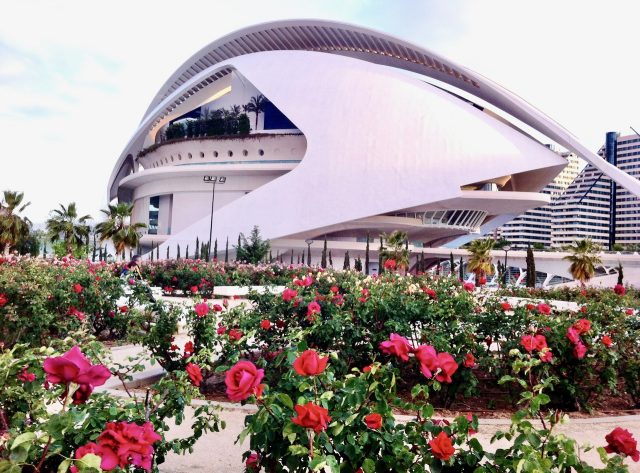
Bioparc
The Bioparc is a massive park that showcases African flora and fauna. The park is divided into various sections, each of which houses a specific eco-system. There’s the savannah, a section devoted to Madagascar’s unique wildlife, the Equatorial forests and wetlands.
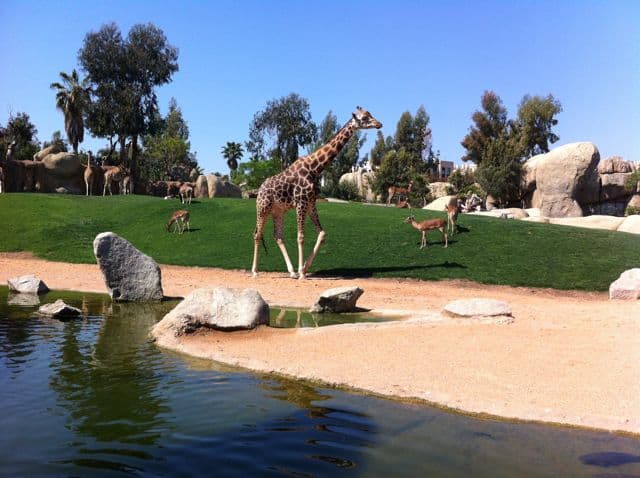
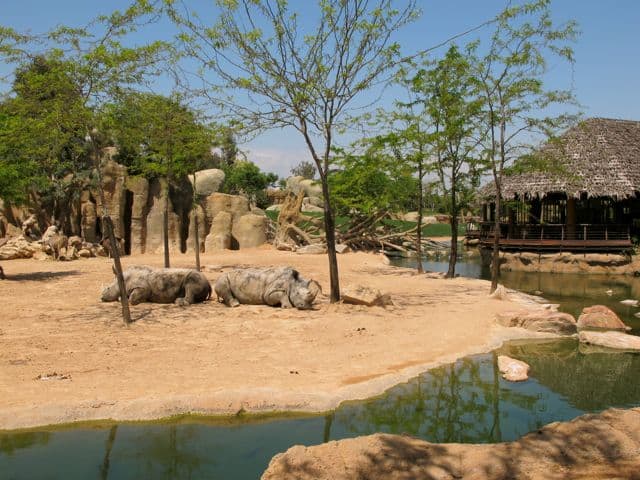
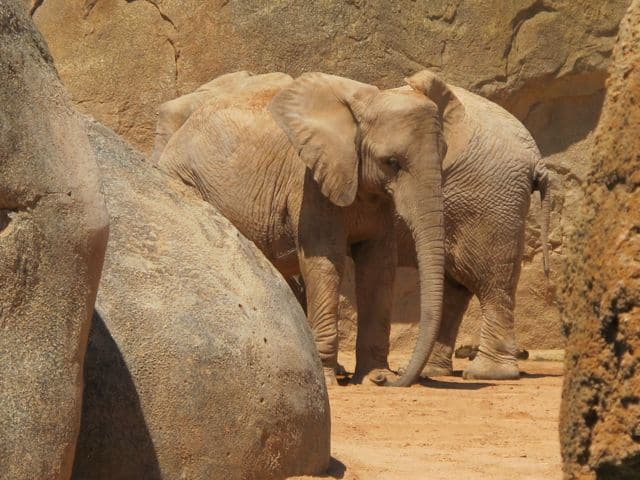
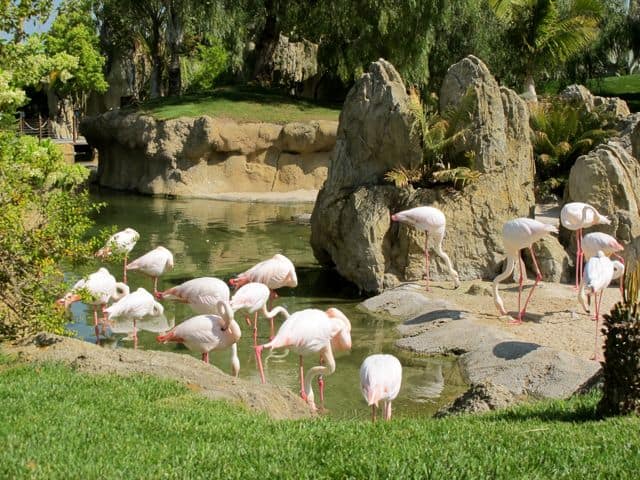
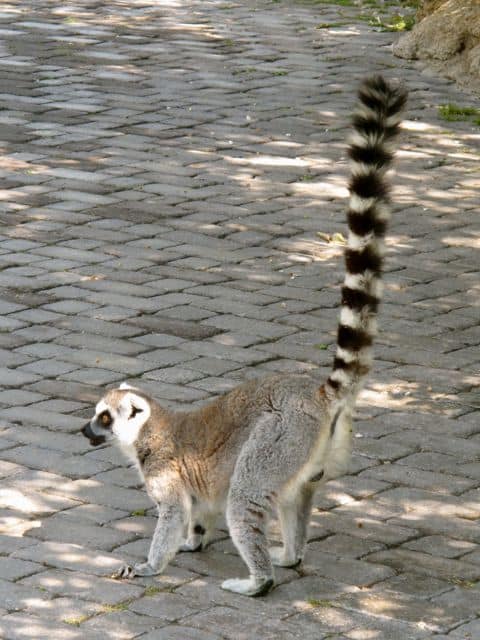
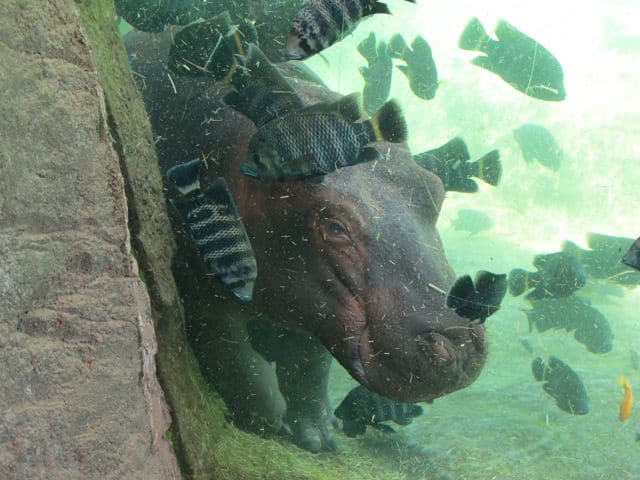
I’ve been to many zoological parks around the world but the Bioparc is certainly unique. I especially love how the park encourages ‘immersion’. The enclosures are so cleverly designed that visitors often feel as though they are walking through the animals’ natural environment, not simply observing the animals from behind a fence. A visit to Bioparc is definitely one of the top things to do in Valencia. Buy your Bioparc tickets here.
Oceanogràfic
The Oceanogràfic is Europe’s largest aquarium and houses a great diversity of marine environments including the oceans, the Arctic/Antarctic, wetlands and the tropical seas. Located at the southern end of the City of Arts and Sciences, the curvy white roofs of the pavilions, designed by Félix Candela, will grab your attention as you enter the park. Continue below and you’ll find yourself in a fascinating marine world with massive basins and tanks interconnected by glass tunnels. Buy your tickets here.
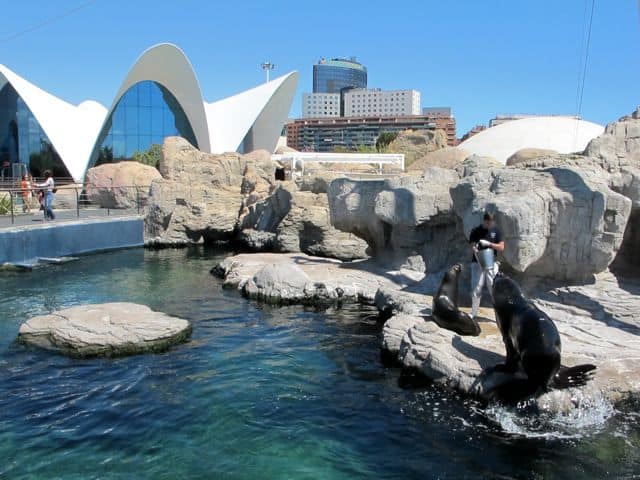
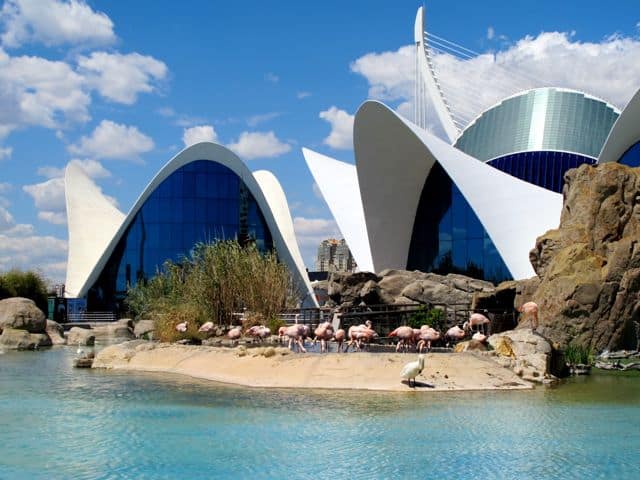
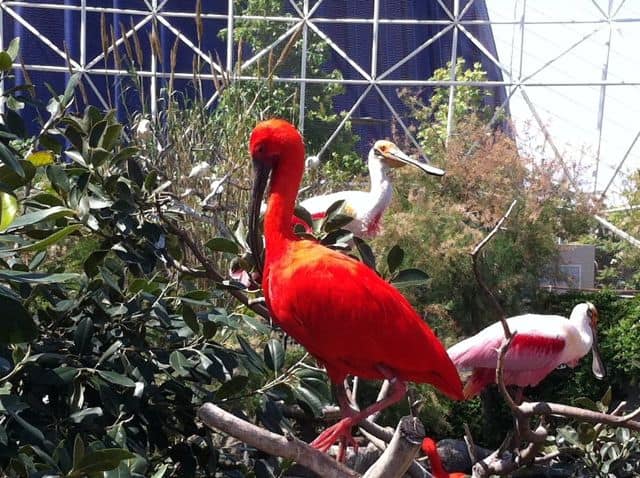
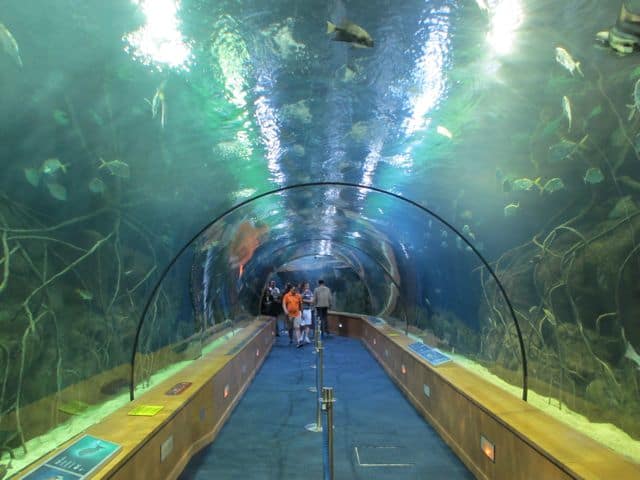
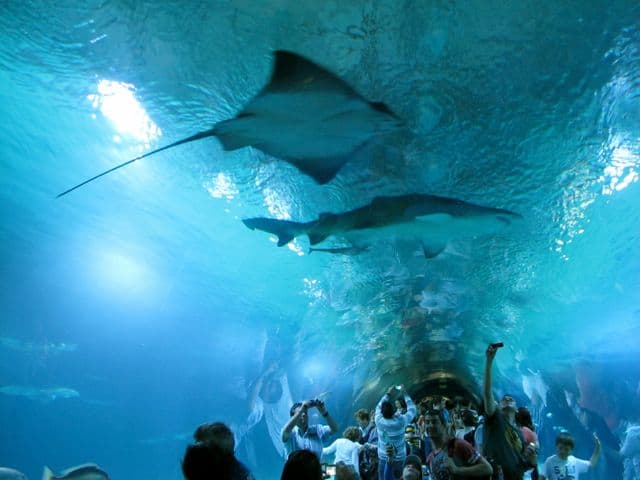
While in Valencia, make sure you set aside some time for these two wildlife parks. I definitely enjoyed visiting both and I’m pretty sure you will too!
Read more about Valencia on Velvet Escape.

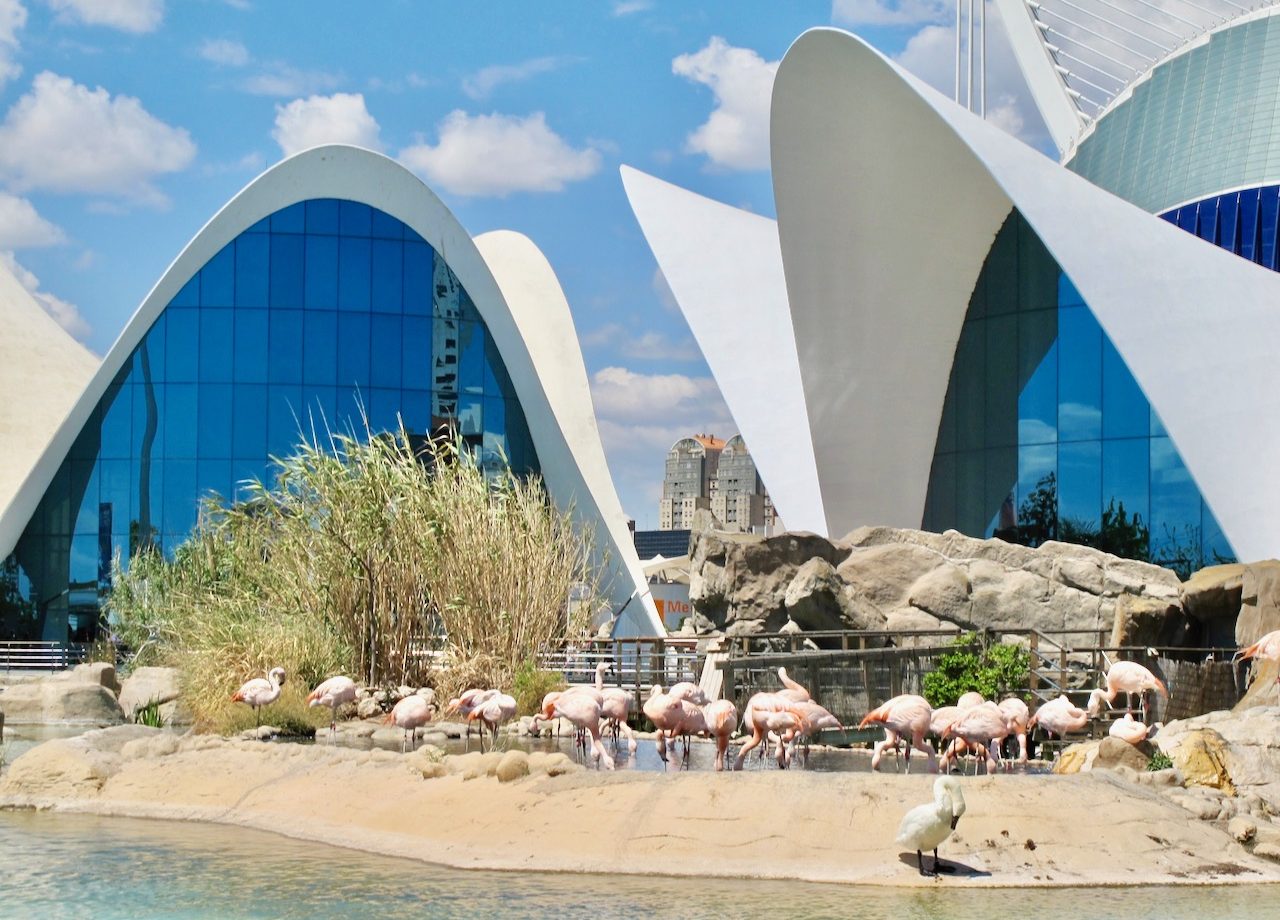

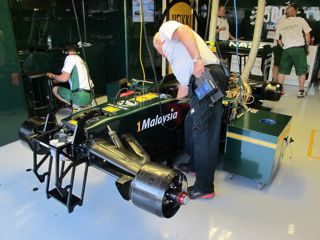
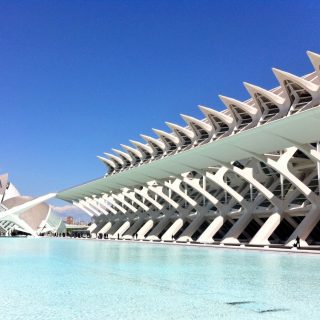
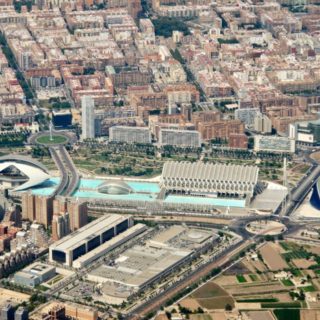
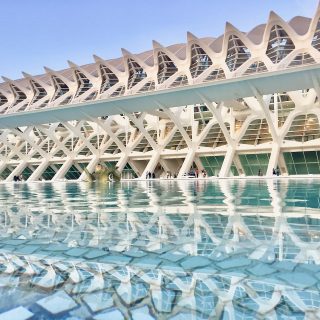






[…] Bioparc and L’Oceanogràfic […]
[…] City of Arts and Sciences, a wondrous architectural marvel which houses theatres, museums and the aquarium. A short tram-ride brings visitors to the city’s broad, sandy beaches, where locals spend […]
[…] Wildlife in Valencia […]
`now that certainly saved a trip to Africa. It’ beautiful! I think the lemur is actually a meerkat?
. Anyway, you don’t see a lot of African Elephants in zoos, normally the Asian type. I guess they really feel at home because the weather is hot as in Africa..?
Hi Tim,
It’s way up at the other end of the Turia park in a newly developed area.
I was going for daily jogs in the riverbed park when I was there but never did I see this biopark!
Thanks for your comment Janice! 🙂 I love Valencia. It offers a fab mix of sand/sea, culture, cuisine, history and cutting-edge architecture. And these two parks add a distinctive touch!
Cheers,
Keith
Wow! The zoo & aquarium look like great attractions. Have to put Valencia on our travel list!
They’re amazing! You have to visit Valencia one day. Surely one of my favourite cities in Spain.
Love the underwater pavilions. truly stunning! I wanna visit Valencia !